Tourism on Orchid Island
The lifting of legislative barriers in 1966 opened Orchid Island to flows of capital and civilian travel, and Taiwanese rapidly invested in tourism infrastructure. The new tourism insulted the Tau people, caused considerable environmental damage, and did not benefit the Tau local economies. Instead, most profits went to Taiwan. Slowly, Tau people have replaced this vulture tourism with small-scale B&Bs, shops, cafés, and restaurants that are locally owned and operated. This Indigenous-led tourism constitutes a paradigm shift in the island economy and attracts Tau people living in Taiwan to move back to the island. Nonetheless, environmental challenges persist.
Ori o ikapia
no maka-ahas-en
a kanakan ya,
ta aro o kane-kanen
do takey a panila an
no kanakan am.
For a child who likes
to go up into the mountains,
there are many things
to gather and eat.
For Tau people born on Pongso no Tau before the 1980s, the tokon (mountain) behind the village and the wawa (sea) in front compose the dominant setting where everyday life plays out. The mountains, village with surrounding taro fields and gardens, beach, intertidal zones, and nearshore underwater spear hunting areas display a fascinating and imaginative landscape. In addition to endowing a bounty of foods and useful materials, the natural environment of the island moves people to quiet themselves, to establish relationships with the fields they have cleared, and to become familiar with the places of gathering marine life in the intertidal zone and the sea. It is the provider of seclusion, skills, and satisfaction, of harvests and healing. The peaceful landscape reflects the long history of interactions between the Tau and the natural environment.
Prior to the Japanese colonial period (1895-1945), Orchid Island had very little interaction with other places, and ecological balance was deeply ingrained in Tau culture. The Japanese government designated Orchid Island a protected ethnological research site, limiting access to scientists for research purposes. Consequently, when the nationalist government of the Republic of China took over the island after World War II, the natural environment was relatively pristine and the Tau people had maintained a unique lifestyle of traditional culture. Under Taiwanese rule, however, both the environment and the culture of Orchid Island were rapidly exposed to powerful forces of change, not least of which was the tourism industry.
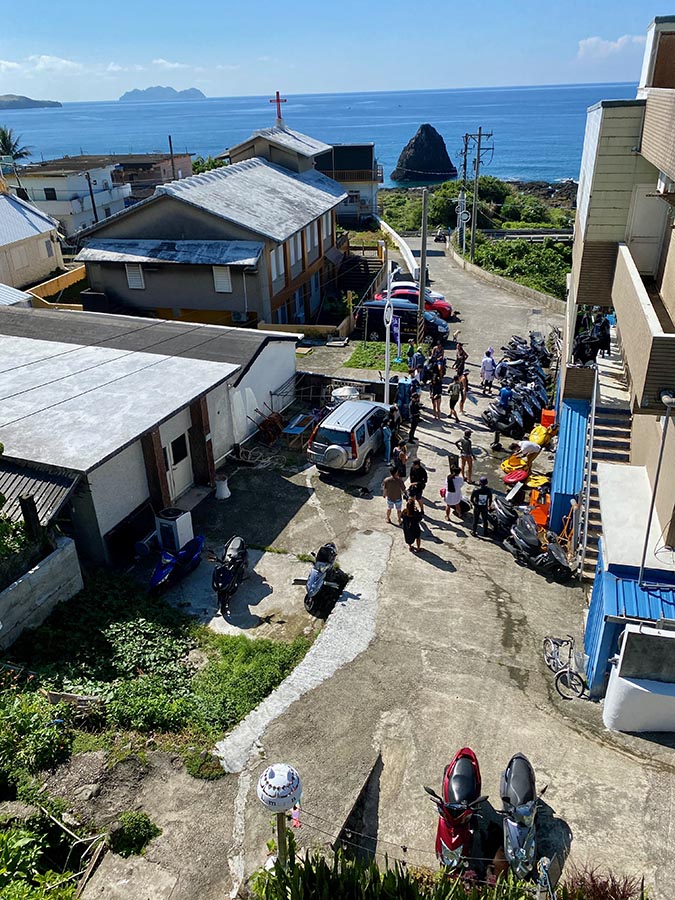
Fig. 2: Tourists preparing for
snorkelling on a street in Iratay.
In contrast to the predominant attitude of many tourists, when Tau people leave their homes they commonly harbour a humble and respectful heart towards the surrounding natural environment. They avoid causing environmental damage. Nevertheless, due to the strong influence of invasive cultures and the infiltration of capitalist social relations, traditional Indigenous concepts, knowledge of nature, and associated communal beliefs have gradually declined. Under pressure from ‘development’ and tourism business, Tau people have begun to make a living by operating B&Bs, restaurants, diving shops, and tour guide services. This modern business lifestyle has changed, even displaced, the traditional culture of sharing and has weakened interpersonal connections.
The number of Tau people engaged in tourism has steadily increased, but their incomes remain relatively meager. Meanwhile, the social, cultural, and environmental impacts of tourism pose considerable threats and challenges. As tourism continues to surge, can the island’s traditional knowledge and Tau culture continue to be recognised and passed on? Can locally owned and managed tourism contribute to the local economy while integrating with Tau culture? How can Orchid Island’s natural environment be protected from the impacts of tourism? These are urgent issues facing the people of Orchid Island.
Island tourism in 1980s
In 1966, the “Mountain Indigenous Reserve Management Policy” was revised, lifting the protective regulations and allowing for free movement of capital. This marked the beginning of the island’s opening up to the outside world for tourism. After the construction of Kaiyuan Port in 1969 (for fishing boats, cargo, and passenger boats), the volumes of cement construction and heavy machinery on the island multiplied. Capitalist ‘investors’ from Taiwan commenced construction of hotels on the island in a campaign to develop tourism. Lanyu Hotel was built in 1970 and Yayo Inn in 1972. The construction of the round-the-island road during the 1970s transformed the natural coastal line into a highly uncoordinated visual landscape. Various products “Made in Taiwan” entered every corner of every village on the island. Self-sufficient ways of life were transformed as the Tau people became vulnerably dependent on Taiwanese imports.
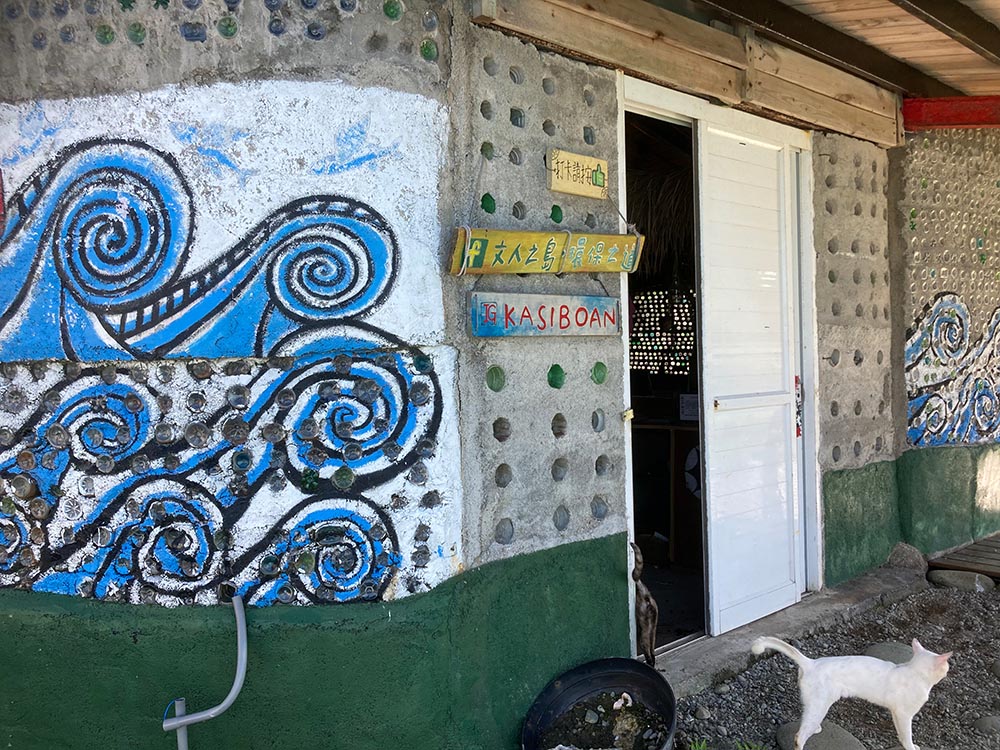
Fig. 3: The Kasiboan, or “garbage place in
beautiful bay.” A sign on the concrete shed
explains (in both Chinese and English):
Orchid Island must ship its garbage to
Taiwan for disposal. But recently tourist
numbers have grown, and the trash has
been building up month by month. Now
there is just too much for the island to
absorb, and the trash is slowly becoming
an “attraction spot”. That’s why we hope
all of you who love Orchid Island will carry
all your trash with you when you go. Help
the garbage vacate the island! Your actions
will determine whether Orchid Island is
the beautiful island of flying fish, or simply
a land of litter.
In the 1980s, port and airport expansions were completed, and mass tourists from Taiwan poured into Orchid Island to experience so-called “alien culture” tours. Medium-sized buses filled with Taiwanese tourists drove around the island, stopping at every village. This peaked in 1987, when nearly 260,000 tourists visited the island, which at the time had a population of roughly 3000. Due to the package holiday operations – “one coordinated process” including transportation, accommodation, and meals – of the Taiwanese travel agencies, all the profits flowed directly to Taiwanese investors. When tourists entered the villages, they often used disrespectful words to judge the daily life of the Tau people. They criticized our people’s appearance, clothing, and food and often voiced derogatory remarks on the island's culture (e.g., “uncivilised”). The tourists even entered people’s homes without permission. These kinds of encounters gave the Tau unfavourable impressions of Taiwanese tourists and an aversion to tourism in general.
Participating in the tourism industry in the 2000s
Following the tourism bubble in the 1980s, not so many tourists visited Orchid Island during the 1990s and 2000s, due largely to inconvenient transportation and relatively high costs of travel. In recent years, however, partly stimulated by extensive media reports, Taiwanese and foreign backpackers have increasingly visited Orchid Island to experience the Tau culture. Most of these tourists come to Orchid Island as individual travelers, rather than the groups on the package trips of 1980s charter tourism. They do their ‘homework’ on the Internet before coming to the island. Compared with the tourists in the 1980s, who typically arrived with an unfriendly “hunting for strange customs” superiority, the attitudes of recent tourists concerning cultural respect have improved.
The Tau people have engaged directly in the operation and management of tourism business for less than 20 years. In the early days, only a handful of people worked in tourism as cleaners and other low-wage workers at the large Taiwanese hotels. In recent years, many Tau people on the island have opened their own businesses. Guesthouses, B&Bs, and Homestays have become the preference of visitors, and such accomodations now dominate tourism on the island. The Tau interact directly with tourists and manage the business themselves. Tourist revenues increasingly stay within the local economy. This way of earning income attracts many Tau people. They no longer need to leave their home island to find a job in the cities in Taiwan, and they can take care of their parents and elderly relatives nearby. During the off-season, some even go abroad and become tourists themselves.
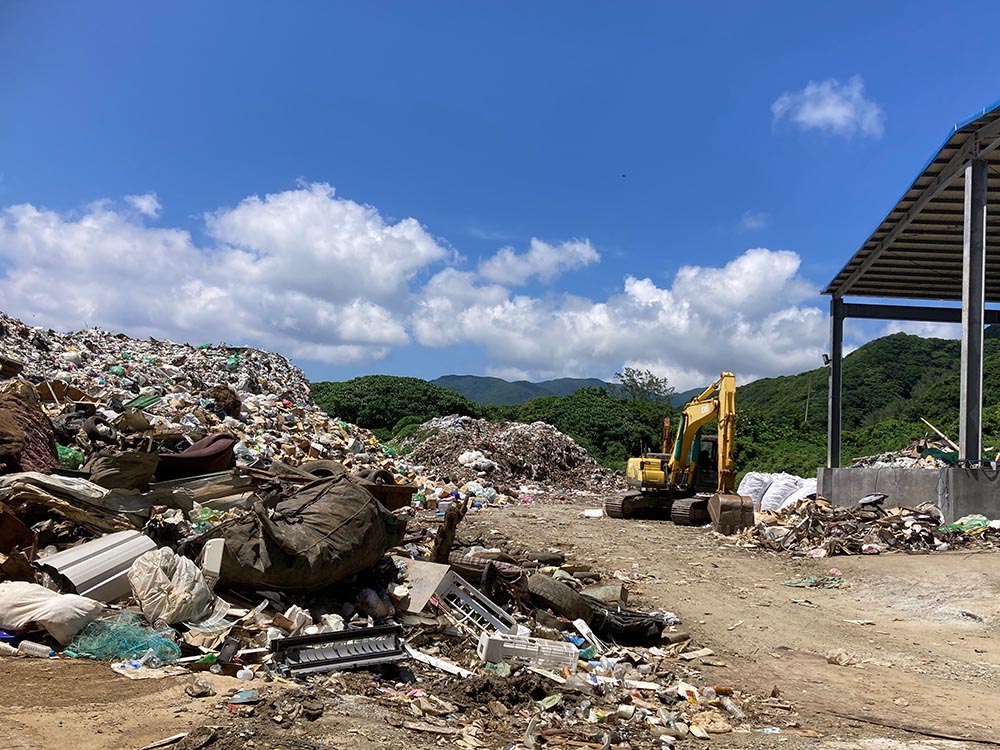
Fig. 4: A steadily growing mountain of
garbage waiting to be shipped to Taiwan.
The number of Tau People involved in tourism-related industries has steadily increased since the 2000s. Many people who worked for a long time in Taiwan returned to Orchid Island. There was considerable return migration that lasted for more than a decade. Initially, people who returned home to island life often felt suspicious eyes and were met with questions from neighbours about their reasons for coming back. Were they perhaps faced with unemployment in Taiwan? Were they escaping the burdens of stress in the big cities? Many struggled with being torn between family affections and livelihood, caught in a dilemma between “tribal relations” and “urban opportunities.”
Iratay
The village where I live, Iratay, is situated in an excellent geographical location on the southwest coast. Not far to the left (facing the ocean) is the village of Imourud, the administrative center on the island, including the township office, primary health care, and post office. It is also a hub where tourists gather. Many tourism businesses, such as Wenwen Handicraft Shop, Lanyu Hotel, and grocery shops, are also located here. To the right of Iratay lies the Taipower Power Plant, the Lan-An Cultural and Educational Foundation, and the Orchid Island Airport. About a ten-minute drive farther to the northwest is the village of Yayo, where tourists mainly arrive at and depart from the Kaiyuan Port. Due to their convenient locations near the main harbour and the airport, Yayo and Iratay rank first and second among villages in terms of numbers of B&B operations – with 35 and 30 such businesses, respectively.
Based on my experience of running a B&B at my home for the past ten years, tourist evaluations of B&Bs mainly depend on whether the host treats their guests with “heart” and whether the accommodation is clean and tidy. Generally, guests who have experienced generous hospitality will enthusiastically recommend a B&B to relatives or friends back in Taiwan. Thanks to many publications by Tau writers and enhanced information on the Internet, the Taiwanese public has improved their understanding of and respect for Tau culture and the environment of Orchid Island. This is clearly reflected in tourist literacy, norms, attitudes, and behaviours: “respect local culture,” “behave like a polite guest,” etc.
The rise of island B&Bs
The tourist season in Orchid Island is from April to mid-October. From 2000 to the outbreak of COVID-19, many Tau people moved back to their home from Taiwan. They returned to their villages with a little money and slowly invested in building up B&Bs, snorkelling and diving shops, and restaurants. Lan-An Cultural and Educational Foundation (Lan-An), a local NGO, has played a crucial role in helping the Tau people participate in tourism management. Members of Lan-An – mostly Tau return migrants from Taiwan and Tau teachers in local schools – applied for grants for ‘Integrated Community Capacity-Building’ projects funded by government agencies (primarily the Council of Indigenous Affairs and the Council of Cultural Affairs). Lan-An provided courses for Tau people interested in B&B management or tourism-related businesses. After the courses, the foundation provided guidelines for participants willing to operate B&Bs or family inns, or to serve as ecological tour guides or nature interpreters.
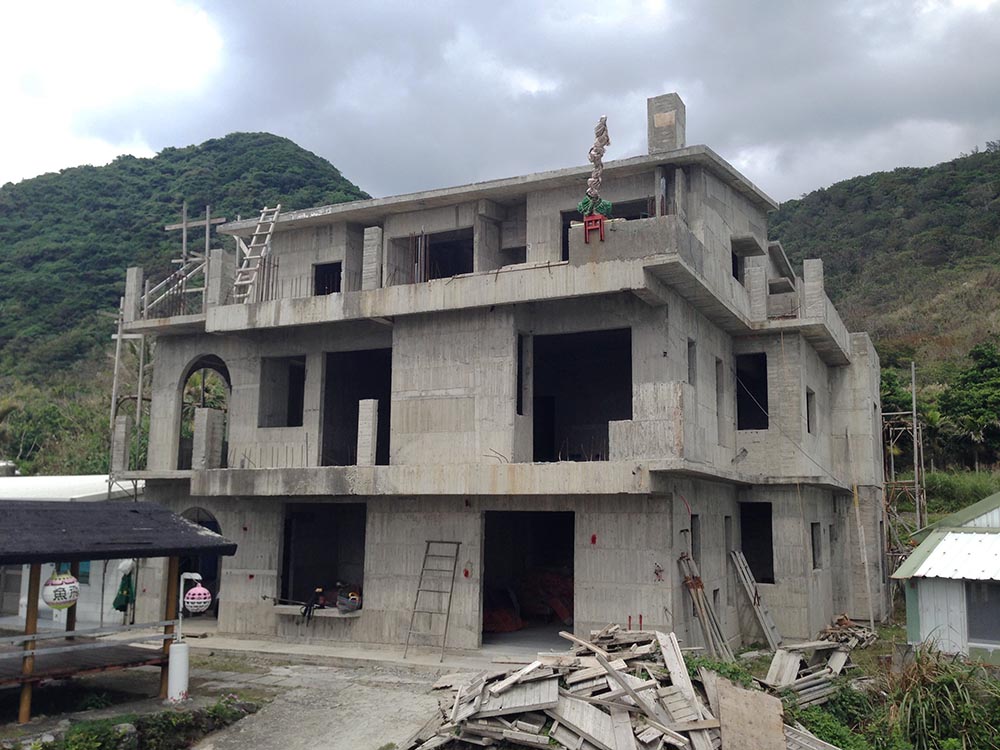
Fig. 5: A Tau guesthouse
under construction.
Since the 2000s, many who participated in the Lan-An training activities have begun to use the spare rooms in their homes to receive tourists for overnight accommodation and charge basic room fees. In addition to those initially trained at Lan-An, their relatives and neighbours have often joined the home business of operating B&Bs and various tours and activities. They may take their guests to the intertidal zone to experience catching crabs or into the forest at night to learn about the forest ecosystems. The owners of B&Bs, family inns, and tour businesses have over time gained considerable experience. Through word-of-mouth they have established a positive reputation and become popular among tourists.
Living with tourism
With tourism comes increased demand for the goods and services that tourists expect – e.g., the ‘necessities’ of daily life found in such abundance in Taiwan, on the shelves of 7-Eleven stores. In spite of local protests, a 7-Eleven convenience store was opened in 2014 adjacent to the Kaiyuan Port near the village of Yayo. This was the first chain store from Taiwan to enter the island, and it affected many islanders’ consumption habits. A second 7-Eleven was established in the village of Iranmeylek on the east coast of Orchid Island in 2017. Perhaps more than anything else, these chain stores have made daily life on Orchid Island and in Taiwan more and more similar. In the end, people find it increasingly difficult to distinguish the unique local culture of Orchid Island. This should concern us.
Although tourism has increased our income, we continue to steadfastly follow Tau cultural traditions such as the “Summoning Flying Fish” rituals, as well as respect for the ocean and traditional taboos. In Iratay (and other villages as well) we prohibit some tourist activities during the flying fish season. There is a notice board erected at the vanuwa (beach) instructing: “It is the Flying Fish Season from February to June. Visitors are requested to please respect traditional culture. Swimming, playing in the water, and snorkeling are prohibited here during this season. Thank you.”
Tourism has led to increased awareness of the need for environmental protection. A good example of this is A-Wen (Syaman Nglikned) of the Yeyin (Ivalino) village. A-Wen returned home in 2010 and saw environmental degradation on the island. The massive material flows of tourism resulted in large volumes of imported waste overflowing into the environment. Seeing the local government’s inaction, A-Wen began to collect waste on his own land in 2016. With volunteers he set up a simple resource recycling station, including an art exhibition using recycled materials. He also set up a flying fish drying rack art installation called “Plastic Bottle Flying Fish” next to the road. The recycling station was renamed “Kasiboan” (“garbage place in beautiful bay,” Tau language). While fulfilling a practical solution to a rapidly growing problem, it also served as an environmental education station to increase awareness of the need to protect the small island environment. His voluntary work promoting plastic bottle recycling and cleaning the beach has influenced many local people’s awareness of environmental issues. 1
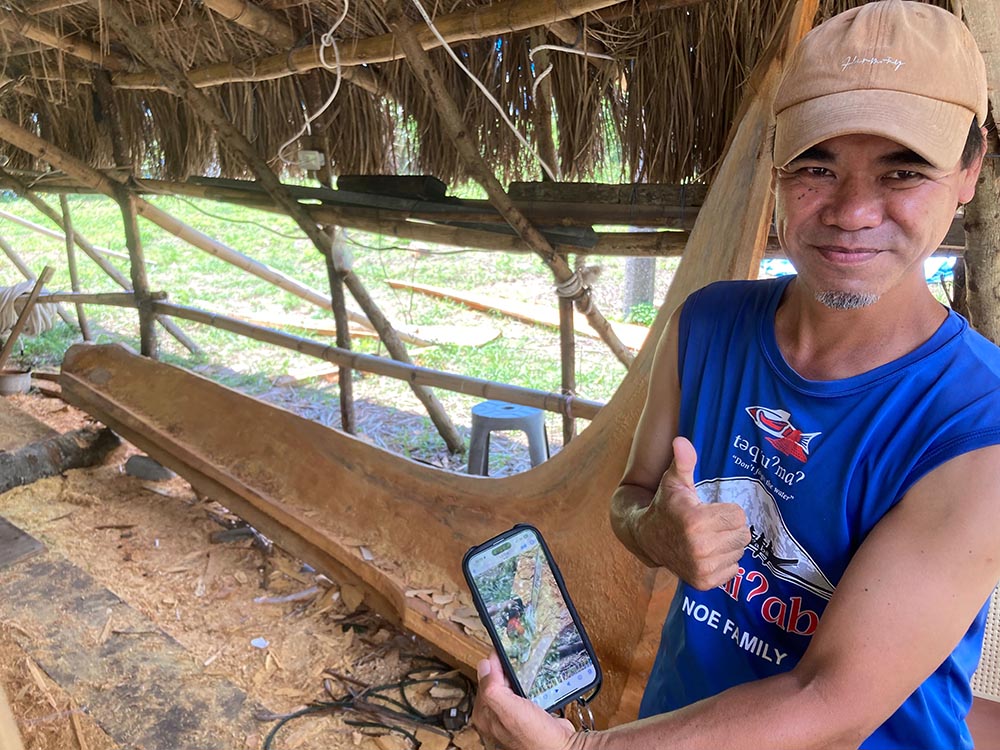
Fig. 6: Syaman Lamuran showing the
making of a 20-person boat that will
be rowed to the Batanes this autumn.
In summary, tourism has given rise to many impacts and issues that call for solutions. From the perspective of Tau culture – the Tau people’s deep-seated sustainability and resilience in interacting with their natural island environment – the accumulated experience in island governance provides a foundation for the future with adapted and integrated strategies. We create a mode of survival suitable for our island home. My father, Tung Sen-Yong (Syapen Lamuran), an elder of the Iratay, expressed a view common among elders: “The development of tourism on our island has had considerable impact on the culture, concepts, customs, politics, environmental protection, and other aspects of our people; indeed, it has driven changes in our Tau society. But it has also opened a door for us to learn about the outside world and, simultaneously, cherish our culture and self-governance. I have faith in the future generations of Tau people who will decide for themselves where our island will go, bring Orchid Island into a good future, and reconnect our island with soul and peace.”
| 1980s | 2010s | |
| Duration | Three days two nights | Three days two nights |
| Accommodation | Lanyu Hotel, Yayo Inn | B&B or family inns operated by Tau owners |
| Activities | Sightseeing around the island by bus | Snorkeling, ecotours, hiking to volcanic crater, night wildlife observation in forest, riding motorcycle around the island |
| Transportation | Small aircraft, passenger and cargo ships | Small aircraft, passenger ships |
| Ownership | Investors from outside | Local Tau people |
| Profits | Travel agencies, Lanyu Hotel, Yayo Hotel | Local B&B operators, tour guides, restaurant owners |
| Tour guides | Taiwanese tour guides on bus tours in larger groups | Mainly Tau guides and interpreters in smaller groups |
Through the cyclical annual rituals centred on our Flying Fish culture, we hope the culture of oceanic Tau people can be passed on so that the island where the Tau live can survive sustainably. Tau people’s talents, skills, management, communal social system, and worldview can be mutually reinforcing. We hope that our mode of governance on Orchid Island can adequately respond to the external forces of modernity and resist the interferences of national systems.
Syaman Lamuran lives in Iratay. He left the island at age 13 to pursue education in Taiwan and the United States. He returned in 2005 and commenced PhD studies in Geography at National Taiwan Normal University, while constructing his home, which now doubles as a B&B. Currently, he is actively involved in projects with the Indigenous Education and Indigenous Knowledge System Management Center, continuing his commitment to preserving and promoting Indigenous wisdom and heritage. Email: lamuran@gmail.com